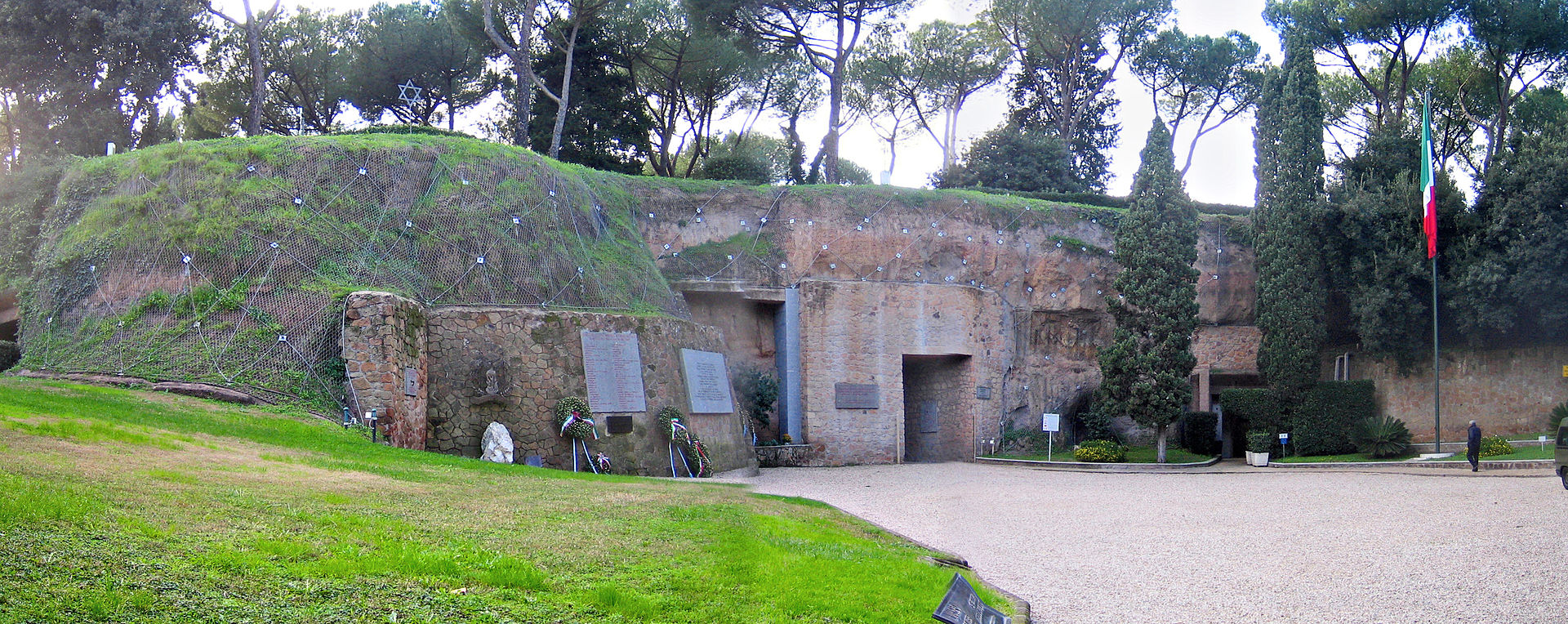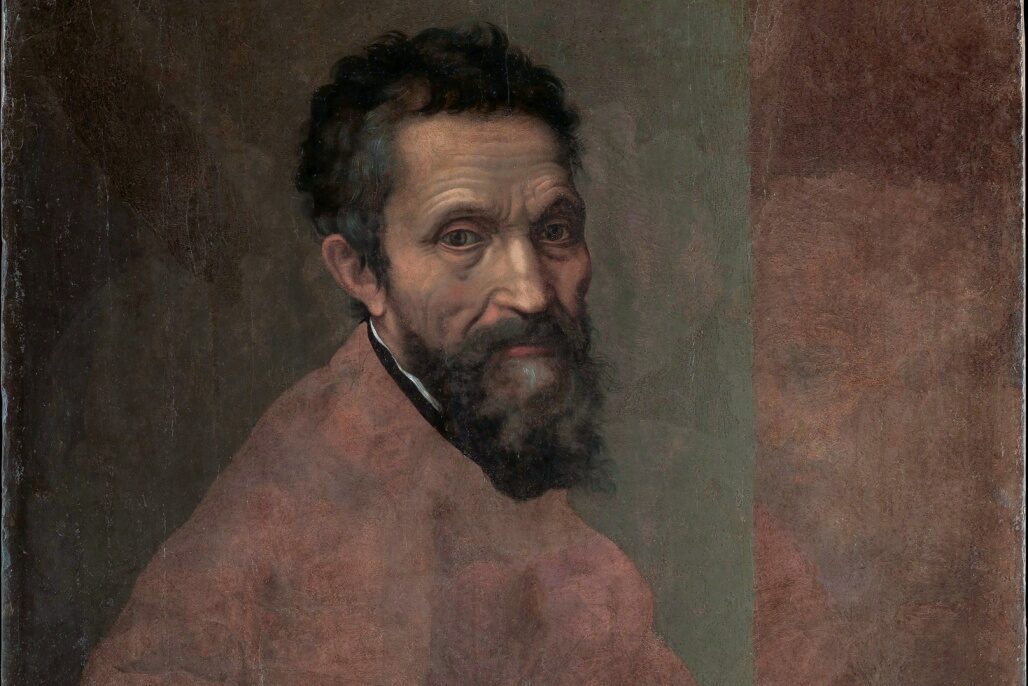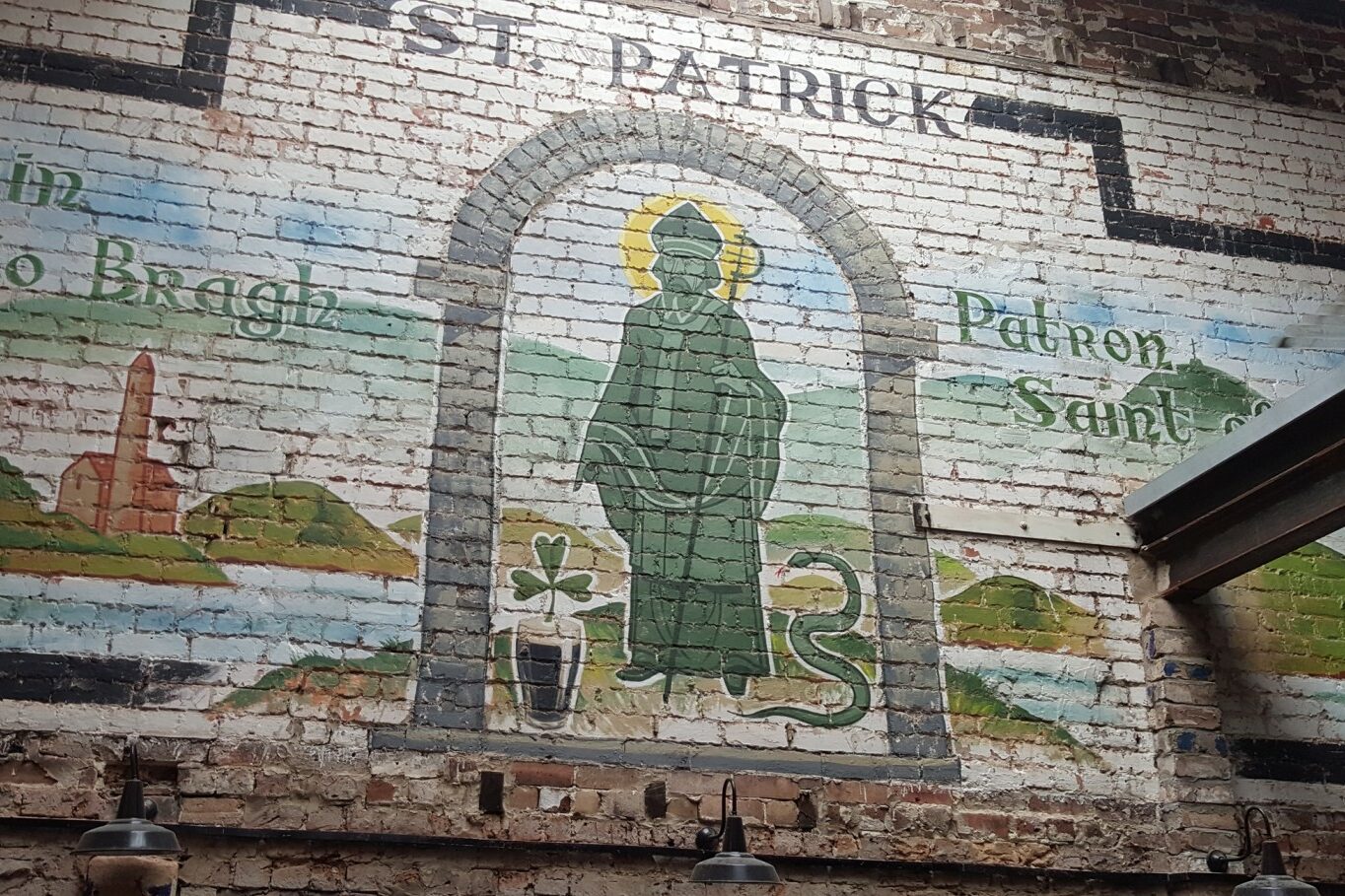Dear Readers,
President Sergio Mattarella, who assumed office in February as the 12th President of Italy, was born in Palermo (Sicily) some 73 years ago. Unlike some of Italy’s more flamboyant politicians, President Mattarella drives a Fiat Panda. He is aware of Italy’s economic woes and has promised to make dealing with the hardships and hopes of Italian citizens his priority.
One of his first acts, as newly elected President, was an unexpected visit to the Memorial Cemetery and National Monument Fosse Ardeatine in Rome, where in 1944, the Nazi occupation troops killed over 300 Italian civilians. His intention was to send a clear message of unity and resistance against the forces of terror and tyranny.
***
I visited the “Fosse Ardeatine” years ago, but I have never forgotten the German commandant in Rome, who ordered a minimum of ten Italians shot for each German killed. It seems that some Italians set out a bomb that killed 33 Germans. The responsible persons were never found, however, in retaliation, the Germans grabbed 335 Italians, some political prisoners, but most innocent bystanders, tied them up and put them in this cave and shot them. About three months later, after the American liberation of Rome, the caves were opened and the rumored atrocity verified.
The Italians later dedicated this a memorial and over each tomb is the name, age and profession of each victim.
***
The Mausoleum of the Ardeatine Caves is located on an extension of Via Appia Antica called Via Ardeatine on the outskirts of the city, not far from the ancient Christian and Jewish catacombs. The entryway consists of two large brick pylons connected by a cast bronze gate. The seemingly abstract patterns of the gate resemble barbed wire- the only hint of what lies behind the gates.
The Ardeatine Caves have been turned into a place of serene beauty. Inside the caves, where the worst massacre in modern Italian history took place, there are now cement floors and electric lights. The walls contain plaques with memorial inscriptions, bronze wreaths and eternal flames. The two huge holes in the ceiling of the caves, caused when the Germans blew up the site to conceal their crime are now reinforced with concrete and stonework.
In such a placid place, it is difficult to imagine the carnage from which this shrine was born.
***
On March 23, 1944, at 2:00 in the afternoon, a group of Resistance members disguised as garbage collectors detonated a bomb in the midst of a column of German soldiers marching down Via Rasella, a small street near Piazza Barberini. The resulting explosion killed 33 of the soldiers. In retaliation, the German command ordered a minimum of ten Italians shot for each German killed. To meet this quote, political prisoners already in custody were not enough, so they began rounding up men at random.
German retaliation took place with speed. Within hours of the Resistance attack, the Nazis had met their quota. They loaded their prisoners into meat trucks and transported them to the Ardeatine Caves. With their hands bound behind them, the prisoners were taken off the trucks, led into caves, and ordered them to kneel. As they did, German soldiers killed them with shots to the back of the head. When their bloody work was finished, the Germans set off powerful depth charges, bringing the caves down on top of the mass of corpses. Their revenge accomplished, the Germans went on to other concerns.
***
After the liberation of Rome in June 1944, Italian authorities turned their attention to the Ardeatine Caves. Rumors of the massacre were widespread. Three months after the massacre, the caves were finally opened, and the grisley task of removing and identifying the dead began.
The move to turn the Ardeatine Caves into a memorial began almost as soon as the site had been cleared and the bodies identified. By late 1948, work had begun.
The place of interment for the martyrs of the Ardeatine Caves is simple. A huge, flat slab of cement, rectangular in shape and more than a hundred feet long, seems to hover over the graves like the lid of a single immense coffin. The roughly carved grey granite coffin lids are the same: a bronze laurael wreath encircling a photograph of the men, and below this, an inscription giving the name, age at death and profession.
The dead ranged in age from a boy of 14 to an old man of 74. They included shoemakers, shopkeepers, students, professors, lawyers, engineers, day laborers, office workers, a music teacher, three doctors and a priest. Family members still tend most of the graves…
***
About ten years ago a newspaper headline caught my eye: “Last Nazi Sent to Italy for Trial in Cave Massacre”. The word “cave” was the tip-off. Those relentless pursuers of Nazi war criminals at the Simon Wiesenthal Center, a Los Angeles-based group that tracks Nazis, had finally gotten not only their man but mine too.
Since I first visited Rome and the “Fosse Ardeatine”, this Nazi war criminal was “Numero Uno” on my own personal “Most Wanted War Criminal” list. This Erich Priebke is the one that ordered 10 Italians killed for every German.
A film based on a book by Robert Katz about the “cave” massacre starring Richard Burton and Marcello Mastroianni was released in 1967. It is called “Massacre in Rome” and formerly titled Death in Rome.
***































